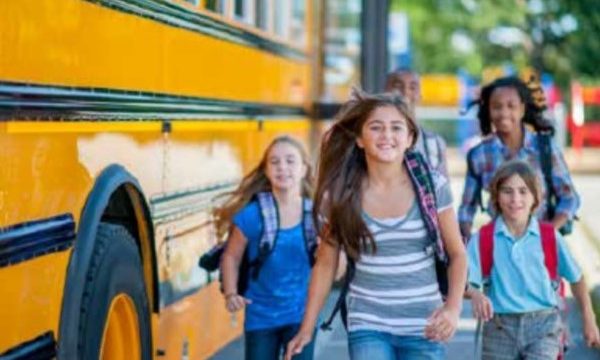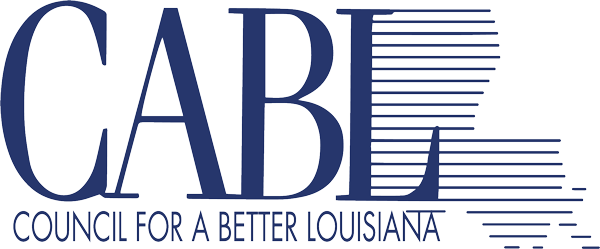
It’s almost hard to comprehend, but from April of 2020 to today the federal government has earmarked roughly $4.6 billion to K-12 education in Louisiana as a response to the COVID pandemic. That’s a lot of cash. Much of it is going to cover or reimburse real-world expenses directly related to the coronavirus. We don’t know what that exact number will be, but we do know that even after those expenses are paid, there will be an opportunity to do some other things that could have hugely significant impacts, if we think and invest strategically.
The amount Louisiana is receiving is one of the highest of any states. We’re small, but we’re poor and that’s opened the spigot for a windfall of cash. But there are a few things that should be said about that at the outset.
One is that there are strings attached, as is almost always the case with federal dollars of this magnitude. Administrators are still waiting on the rules for the most recent batch to see how the money can be used, but almost certainly it will be limited in some ways to expenses caused by COVID or initiatives that are somehow related to addressing some of the educational impacts resulting from the pandemic. You won’t be able to use it for normal operating expenses, fixing the roof, or giving pay raises to teachers.
Another is that the dollars do not have to be spent all at once. Some of it can be allocated into 2024. That’s a good thing, because we need some time to think about the most impactful way to use these revenues.
And it’s also worth noting that the vast majority of these funds are not coming to the state, they’re going directly to local school districts. In some areas that could be a challenge. Large districts have the staffing and resources to plan and ensure that funds are targeted to the areas of greatest need, meet all the guidelines, and get the biggest bang for the buck. That’s not always the case in many small and medium-sized districts that don’t have that same capacity.
That’s why we will need the state Department of Education and BESE to lend their support in terms of technical help, suggesting the most meaningful priorities, and demonstrating best practices.
From CABL’s perspective we know districts are still incurring costs directly related to COVID for things like cleaning, PPEs, and added transportation and operational expenses. Those should certainly be covered. But we hope districts are also considering some big things.
One would be robust academic interventions to ensure that students stay on track to succeed. This last year of pandemic-education has seen disruptions like never before. Even though most students are now receiving full-time, in-person instruction, it’s not the same. The closure of schools last spring and the uneven start of classes in the fall has most certainly interfered in the educational development of tens of thousands of students, if not more.
A portion of these dollars should be used to address that, including extended, full-day opportunities for summer school, enhanced tutoring, after school instruction, and mental health assistance. They should also be targeted to provide additional help and training for teachers in things such as strategies for helping students catch up and the most effective ways to use technology in the classroom.
And speaking of technology, the pandemic has already brought about a sea change there. Last year at this time, Louisiana schools were woefully short of computers, laptops, and other devices which can be used both in the classroom and at home to help students learn. That deficit has already been wiped out in most every district thanks to the early federal dollars that poured into the state. In fact, a CABL report in December concluded that Louisiana has done a tremendous job of putting devices into the hands of students in a relatively short period of time.
But the problem our research found was with reliable Internet connectivity. Roughly 30% of students did not have any confirmed Internet connection and more than 40% lacked access to high-speed Internet. This problem is spread disproportionately around our state creating a serious issue when it comes to equity. Most of those impacted are students in rural areas, economically disadvantaged families, and students of color.
Some of the federal dollars the state has received have been used to create Louisiana’s first office of Broadband Development and Connectivity. That’s a good start and we hope a significant amount of the recovery funds coming to education, the state, and local government can be leveraged to make reliable high-speed Internet readily available in every parish.
All of this will take planning and coordination to succeed. We recognize that there are limitations on how these dollars can be used and that much of it will necessarily go to cover costs that were caused only by the pandemic.
But CABL believes there are also opportunities to think bigger. Hopefully, our state leaders will make it a top priority to gather all the entities receiving federal funds – school districts, higher education, and local governments – and leverage as much of this money as we can to ensure a lasting impact on students, our educational framework, and truly the state as a whole.
